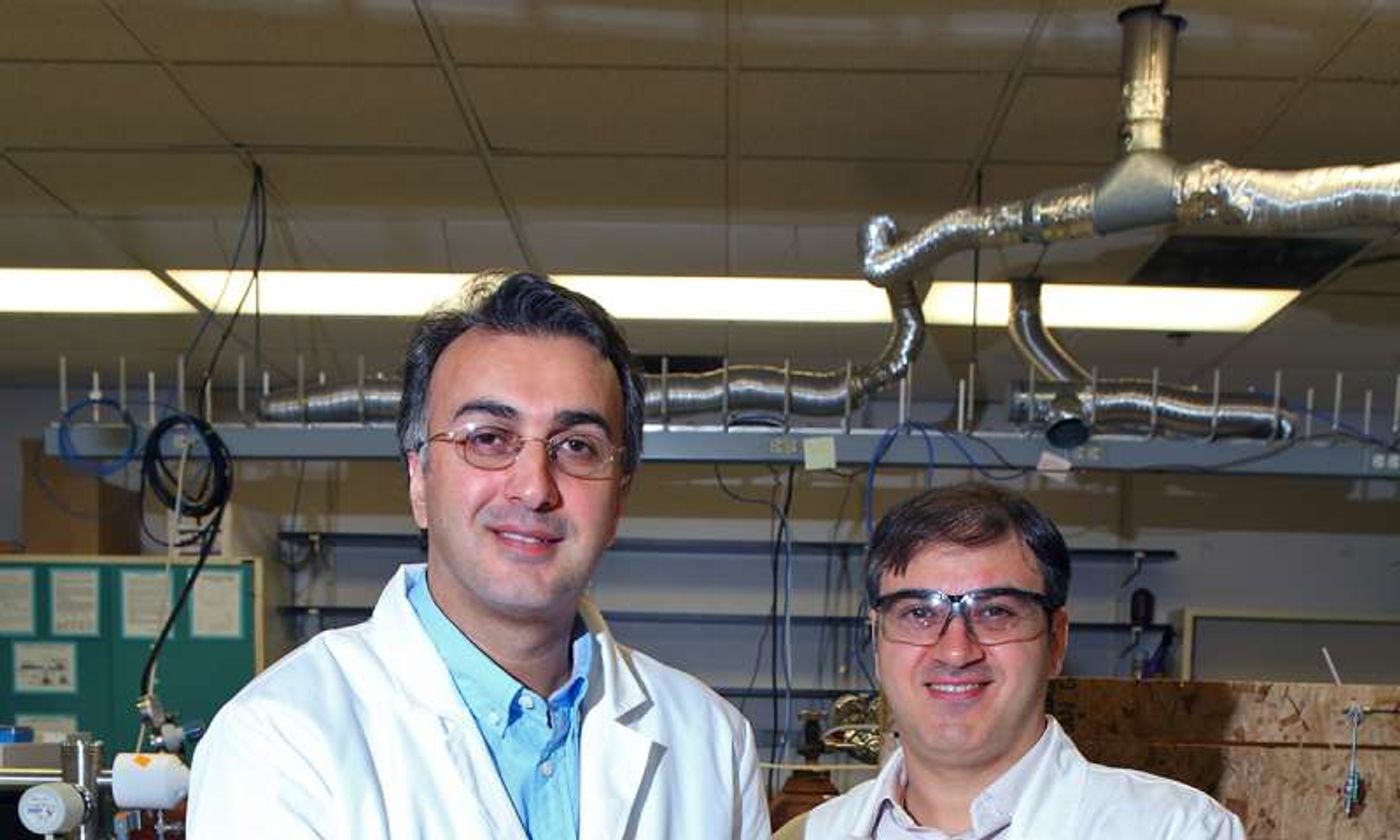Last month, a team of scientists from the University of Illinois at Chicago announced in the journal
Science that they have created a device that absorbs carbon dioxide from the atmosphere and uses sunlight to break it into a mix of carbon monoxide and hydrogen called synthesis gas or “syngas,” that can be used directly or turned into diesel or other liquid fuels, said Amin Salehi-Khojin, a mechanical engineer who leads the lab that conducted the research.
The team aims to produce fuel at about $2 a gallon, he said, a price that would be cost-competitive with gasoline and, in his opinion, make drilling for oil or gas obsolete. Although burning such a transportation fuel would release the carbon back into the atmosphere, it could be considered a
carbon-neutral energy source because the carbon would have been removed from the atmosphere to make the syngas, thus producing no new emissions.
“This is a real artificial leaf, ” Salehi-Khojin said. Where plants use sunlight to power photosynthesis, absorbing CO2 and turning it into sugar for energy, “we use the energy from the sun, and by CO2 remediation, we store the energy of the sun in the chemical bonds” of the syngas.The new solar cell is not photovoltaic—it's photosynthetic."
The team has created a working prototype of the device on a small scale, using artificial sunlight and a direct source of CO2 to study and optimize the chemical process, said Salehi-Khojin, who said a provisional patent has been filed for the technology. The Department of Energy and the National Science Foundation funded the research.
“In terms of the size of the setup, we have used 100 square centimeters of the catalyst,” Asadi said. “We need to make it bigger than this to take it to the industrial scale.” He envisions a “solar park” that would draw CO2 out of the atmosphere, as well as smaller installations attached to power plants and industrial facilities to capture their CO2 emissions.
The Intergovernmental Panel on Climate Change considers this sort of innovation—sometimes called “negative emissions” or carbon capture and storage technology—crucial to averting extreme climate change. “The beauty of this work is it directly uses the energy of the sun. This doesn’t need any electricity or external energy,” said Mohammad Asadi, the study’s lead author and a researcher in Salehi-Khojin’s lab.
Salehi-Khojin thinks the team could achieve a commercial-scale artificial leaf in two to three years. The team is considering both grants and outside investments to fund the next stage of work, said Salehi-Khojin. “We need collaborators from industry to scale up the system, because that will need different expertise in terms of the manufacturing,” he said.
Sources:
Take Part,
Phys.org,
Sci-News









